The short answer is yes; commercial aircraft can absolutely fly through a hurricane without ever entering its path.
The typhoon season officially begins in our country in June and ends in November, the first half of December, according to statistics from many years' average. When warm, moist air rises from the ocean and collides with colder air in the atmosphere, the water vapor condenses and forms thunderstorms and rainstorms.
While airlines and air traffic controllers have to divert planes flying through thunderstorms during storms, hurricanes, tropical storms, and even tropical depressions pose a significantly greater threat. Unlike typical summer showers, hurricanes are larger and take longer to pass, depending on the plane’s location and the path of the storm system. Even a Category 1 hurricane can travel 300 miles (483 kilometers) and has sustained winds of up to 95 miles per hour (153 kilometers per hour).
When hurricanes and tropical storms form, airline operations centers must make a number of decisions to save passengers, crews, and planes. These considerations include how long planes will continue to fly to and from airports in the storm’s path. Planes scheduled to spend the night at a hurricane-threatened airport will be diverted to airports outside the storm’s path. But what about during the flight?

Commercial planes can fly around storms
During a flight, commercial pilots carefully check turbulence reports or forecasts, coordinating with flight dispatchers to choose a flight path, according to Airways Magazine.
If a flight path passes through storm clouds, this information will be displayed on the radar screen in a "cross-hatched" format to remind the pilot that they will be flying through a convective cloud, for example, and may therefore encounter some light turbulence.
In short, commercial airlines plan flight paths to avoid dangerous weather, using real-time data and air traffic control to find safe routes, often by flying above storms.
However, many airlines use hub airports in major cities to connect passengers to smaller regional airports. Many flights fly in and out of these airports every day. If one of these hub airports is affected by a storm, it can take days for normal operations to return to normal. The loss of a hub airport can have a significant impact on passengers and cargo operators.
Severe weather impacts not only passengers, but also airline employees at all levels. Flight dispatchers, crew schedulers, and maintenance planners must work together to quickly restore flight schedules, as crews must adapt to these erratic operations as their schedules may change. In other words, planes may be able to fly through a storm, but the storm may cause flights to be canceled because airports in the storm zone must close.
Source: https://thanhnien.vn/may-bay-cho-khach-co-the-bay-qua-con-bao-duoc-khong-185250824075714366.htm





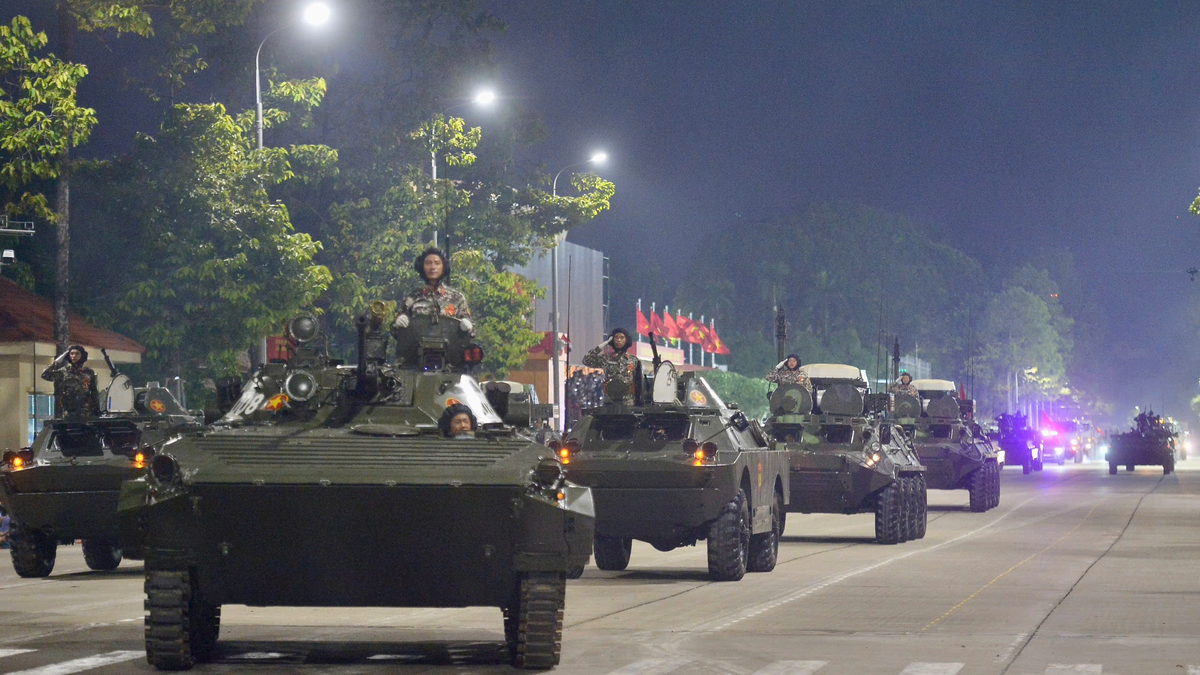
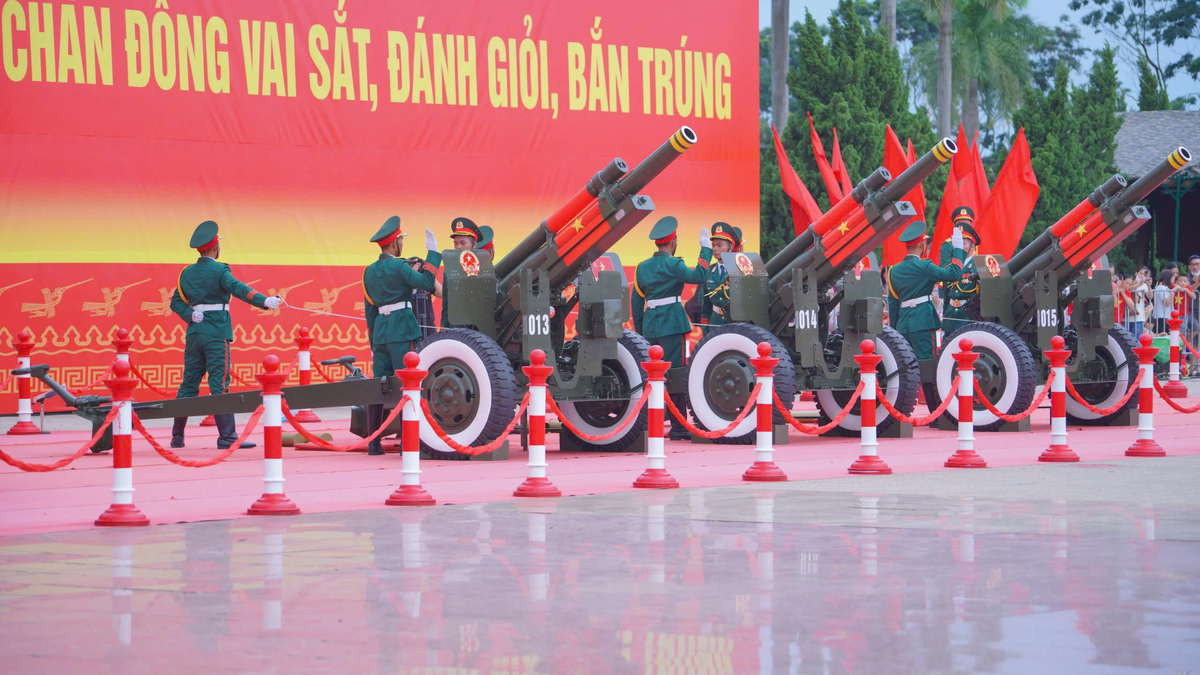






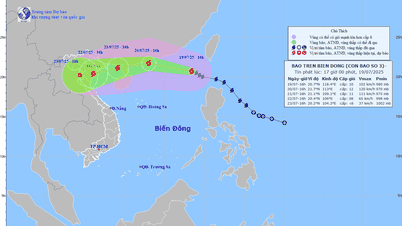




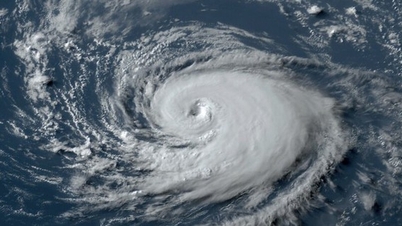



















































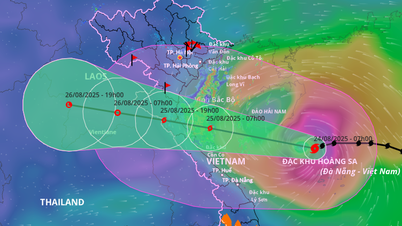

















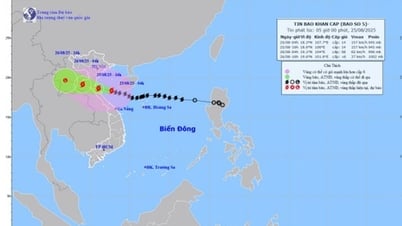


















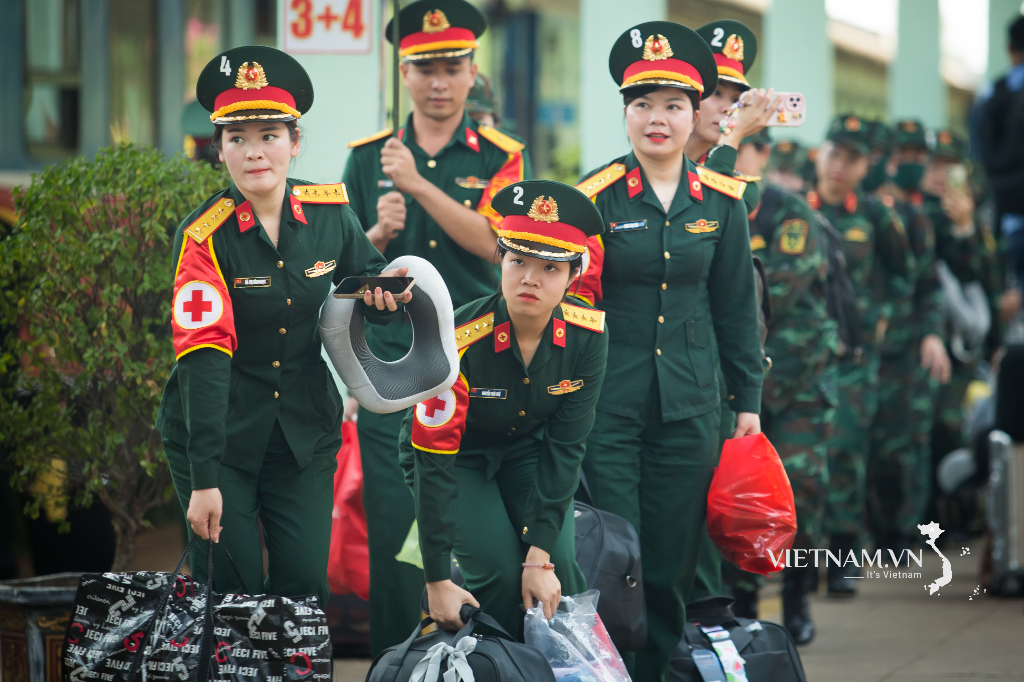
Comment (0)